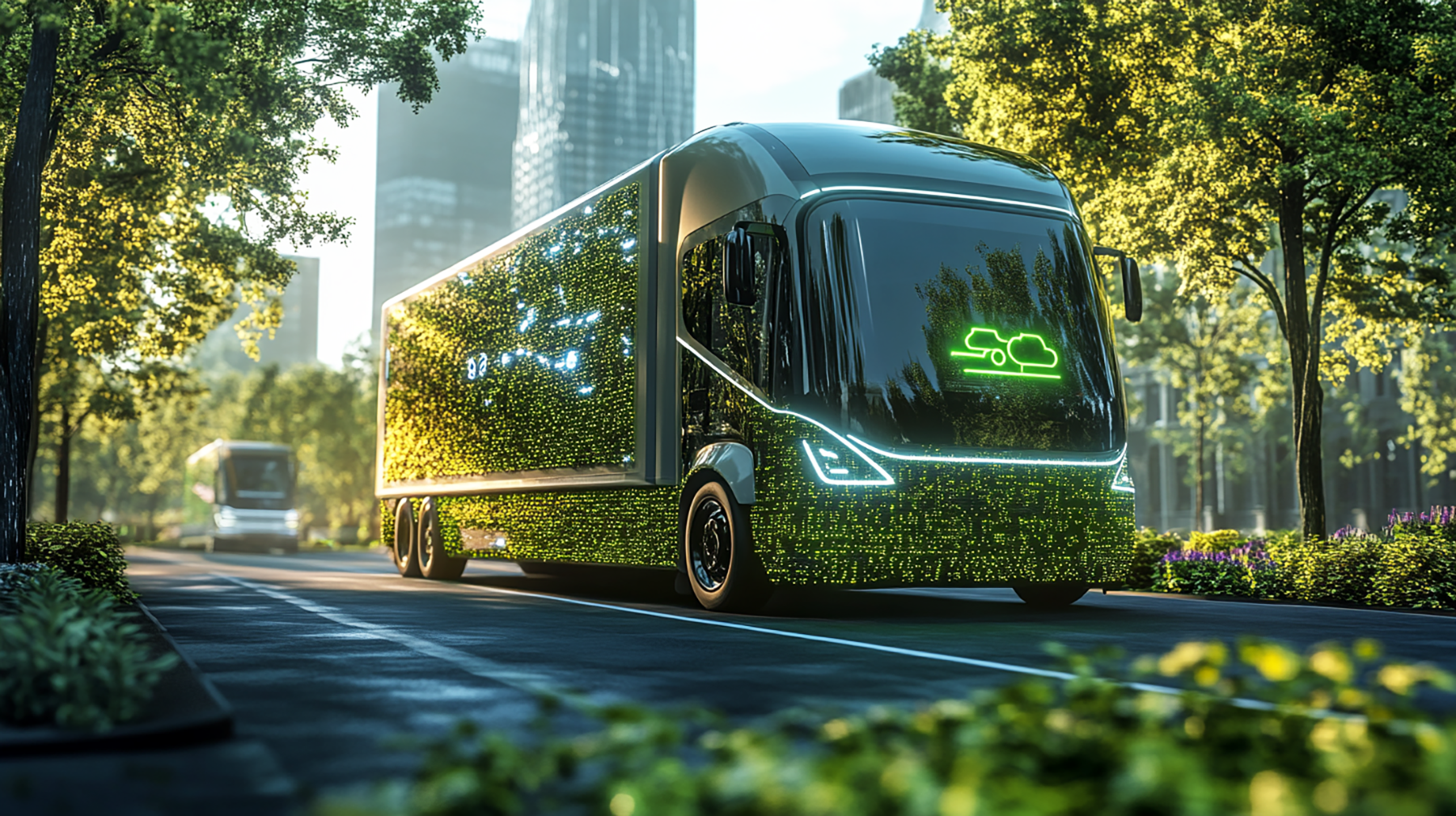Navigating the Future: Strategies for Fleet Transition to Zero-Emission Vehicles
The shift to zero-emission vehicles (ZEVs) is no longer a distant vision, it’s an urgent, complex, and evolving reality for fleet operators worldwide. From rapidly changing regulatory landscapes to new technology rollouts and infrastructure uncertainties, the journey toward zero emissions requires more than enthusiasm, it demands a smart, scalable, and adaptable plan.
On a recent episode of the Plugged In Podcast, host Kevin Christopher, Chief Product Officer at ZeroMission, sat down with Steve Clermont, Managing Director of Planning at the Center for Transportation and the Environment (CTE), to unpack the strategies fleets need to navigate this transition effectively.
In this first part of their recording Kevin and Steve talk about Planning First: The Foundation of a Successful Transition
Clermont’s central message is clear: planning is everything. Without a detailed understanding of operational needs, range limitations, and route feasibility, ZEV adoption can quickly run into costly roadblocks.
“It’s essential to understand the feasibility of operating zero-emission vehicles for a specific service,” Clermont explained. “With the growing availability of battery electric buses (BEBs) and hydrogen fuel cell buses (FCEBs), it’s important for fleets to analyze their specific routes and service requirements..”
CTE supports fleets through advanced modeling tools that predict vehicle performance, infrastructure needs, and the operational implications of different technology choices. This data-driven approach ensures decisions are grounded in real-world conditions—not just manufacturer specifications.
Smart Deployment: Why Small Steps Beat Big Leaps
One of Clermont’s biggest cautions to fleet operators is against rushing into a full-scale overhaul. Fleet transition, he says, is “a marathon, not a sprint.”
The smart deployment model focuses on:
Starting with small, targeted deployments.
Collecting and analyzing real-world performance data.
Iteratively refining the transition plan based on results.
Scaling up once operational and infrastructure readiness is proven.
This phased approach allows fleets to fully leverage existing assets while benefiting from ongoing advancements in battery technology, charging infrastructure, and hydrogen systems.
Building for Scalability and Long-Term Viability
Future-proofing is a recurring theme in Clermont’s strategy. ZEV transition plans need to be flexible enough to incorporate:
New regulatory requirements.
Shifts in available funding and incentives.
Emerging technologies and alternative fuels.
Changing service demands.
By avoiding an “all at once” replacement strategy, fleets reduce risk and maintain operational resilience during the changeover period.
The Role of Partnership
CTE’s work underscores the importance of collaboration between fleet operators, technology providers, infrastructure partners, and regulatory bodies. No single stakeholder can solve the zero-emission challenge alone; success depends on coordinated action across the entire transport ecosystem.
Key Takeaways for Fleet Operators
Start with data, not guesswork – Model operational realities before committing to large-scale investments.
Adopt an incremental approach – Deploy small, learn fast, and adapt your plan.
Match technology to the mission – Battery electric, hydrogen fuel cell, or hybrid solutions should be chosen based on specific route demands.
Plan for the long term – Keep flexibility to incorporate future innovations and policy shifts.
Leverage partnerships – Collaboration accelerates deployment and reduces costs.
Final Word
As Kevin Christopher summed up during the conversation, the path to a zero-emission fleet is complex, but with the right strategy, it’s entirely achievable. The key is blending vision with pragmatism, knowing where you’re going, but also being willing to adapt as the journey unfolds.


